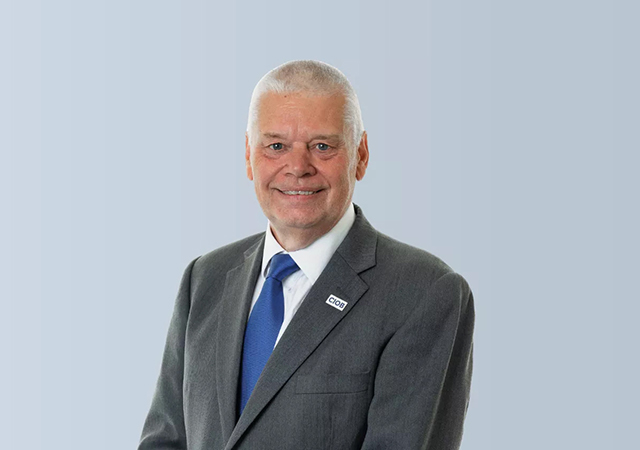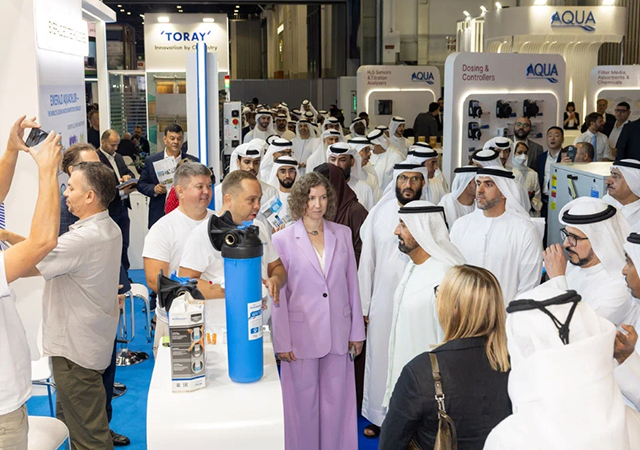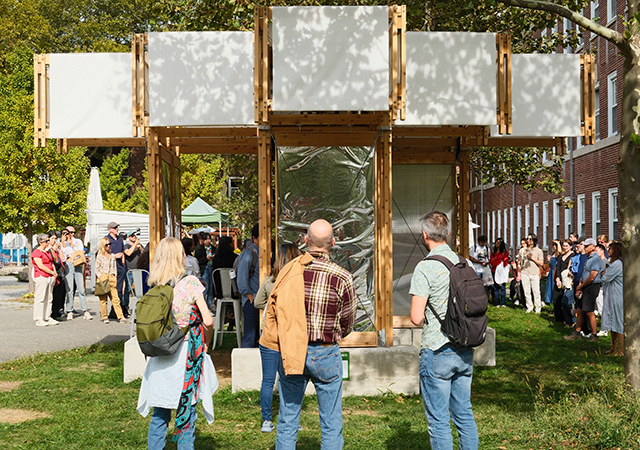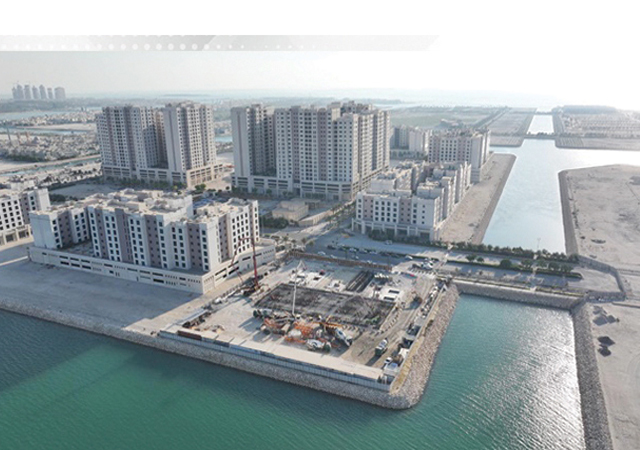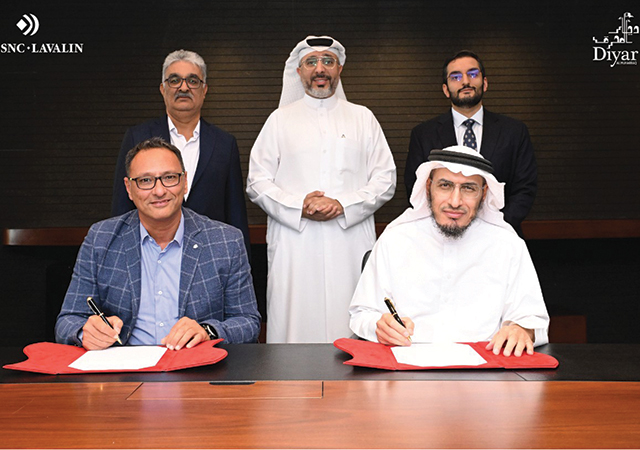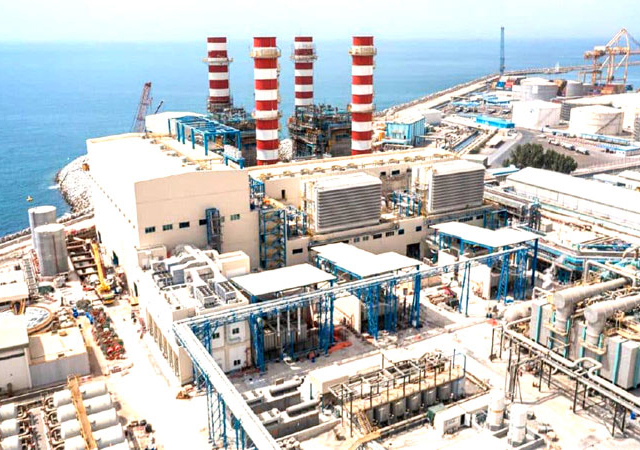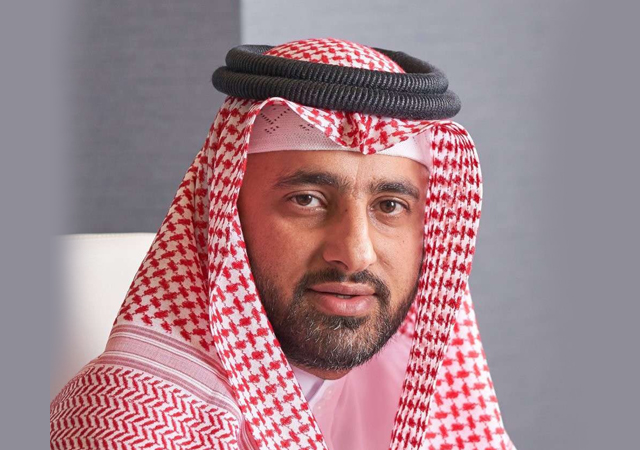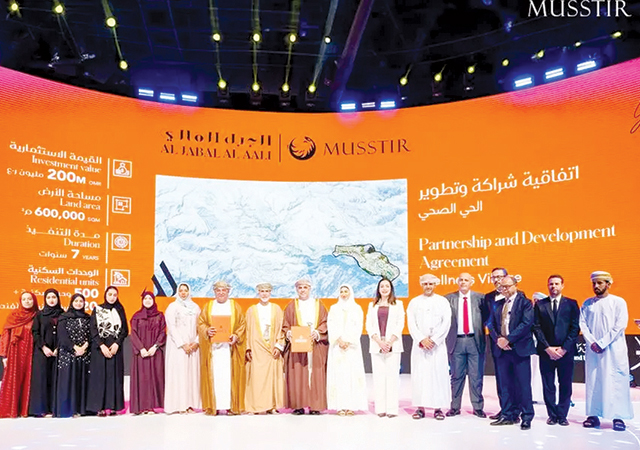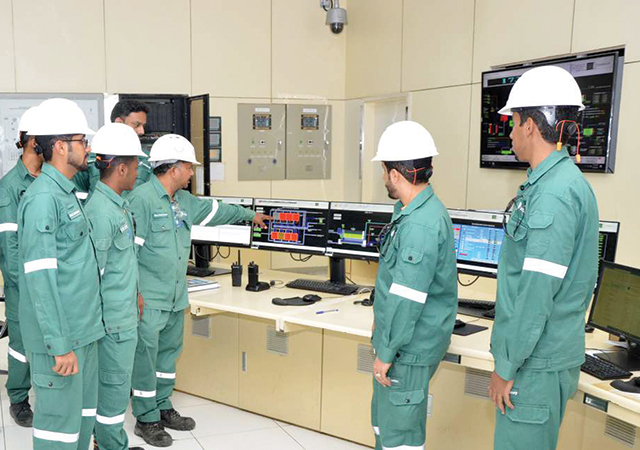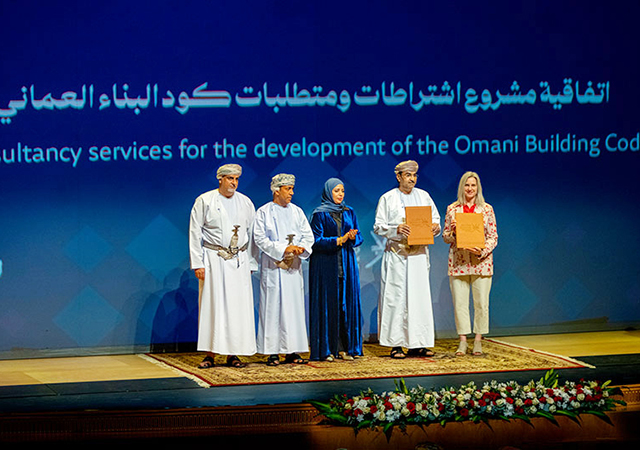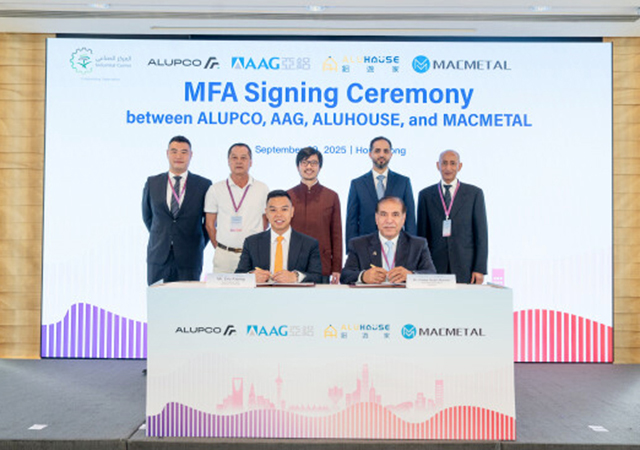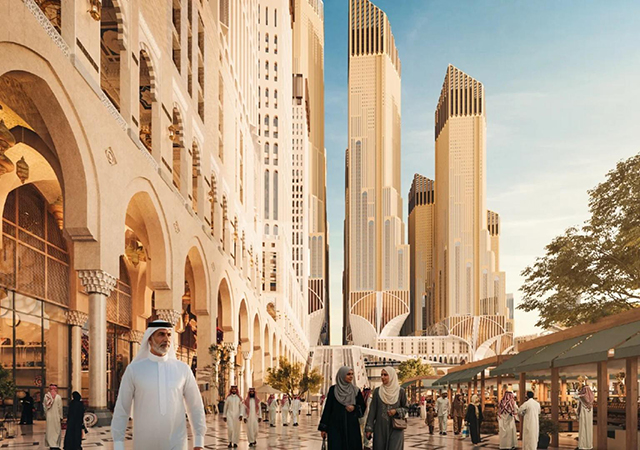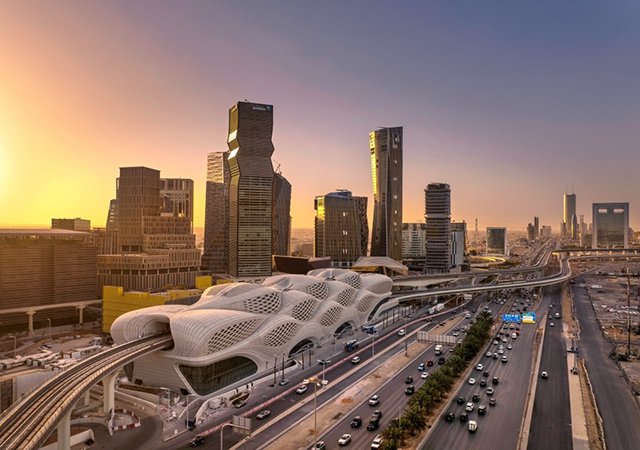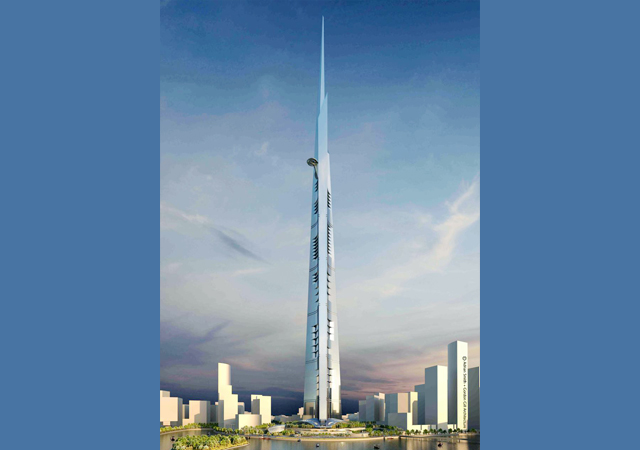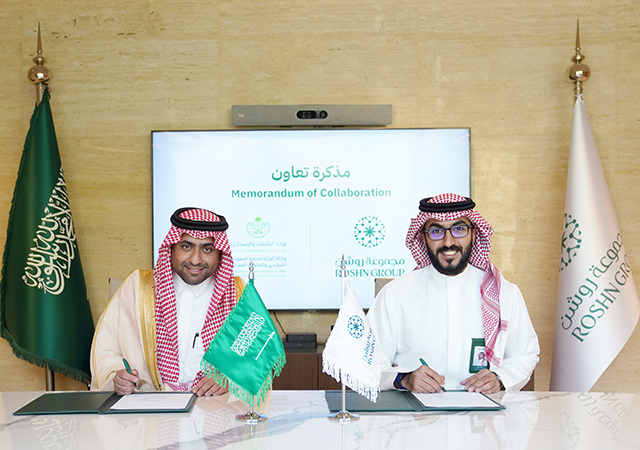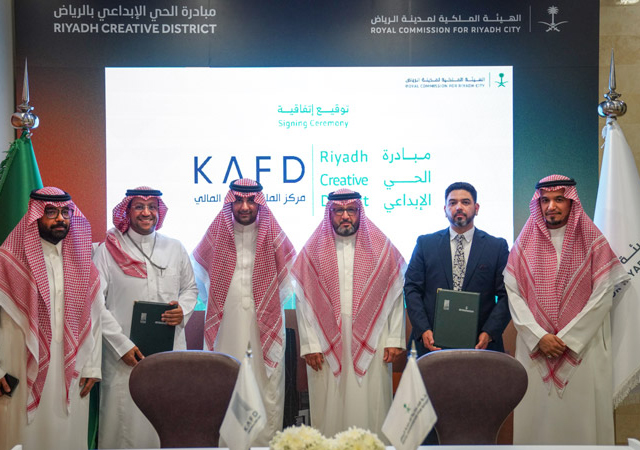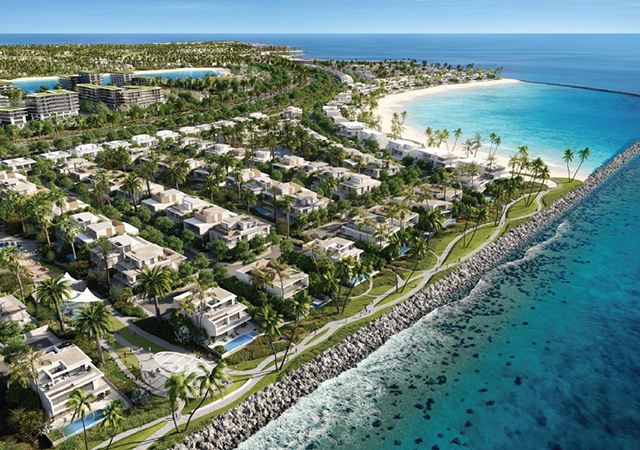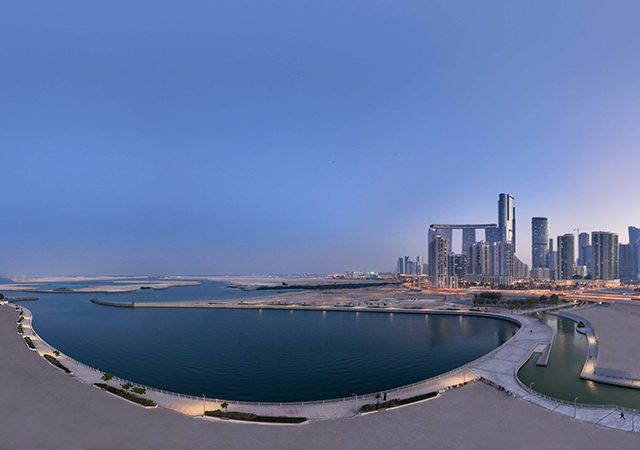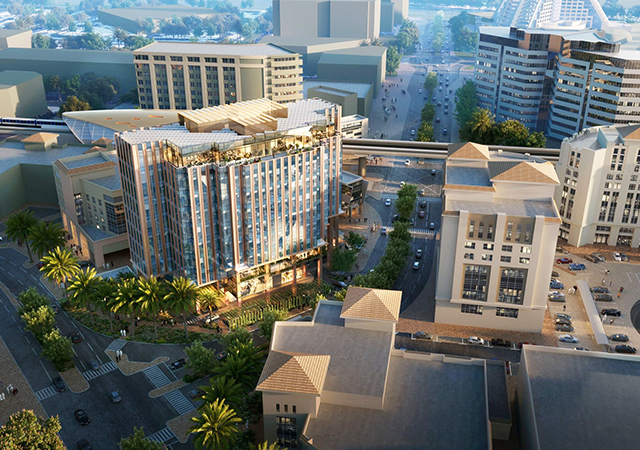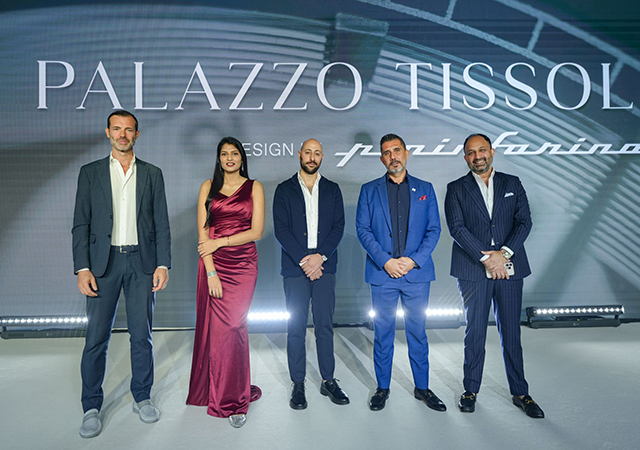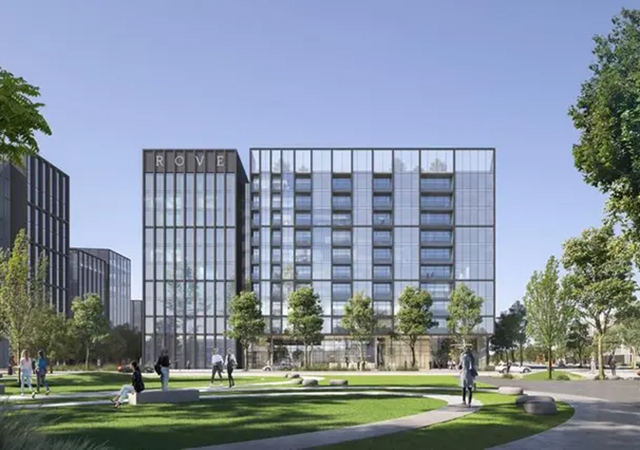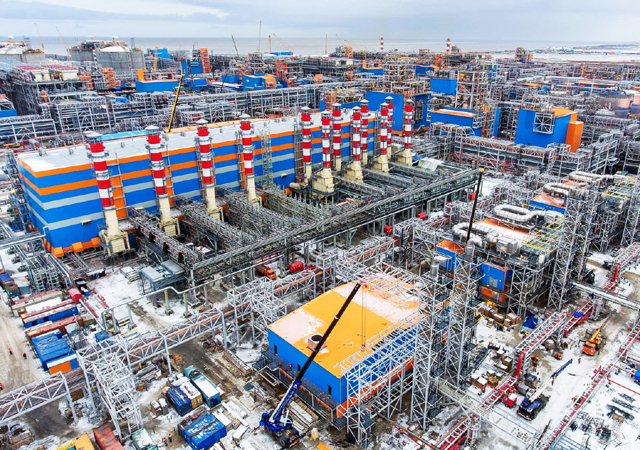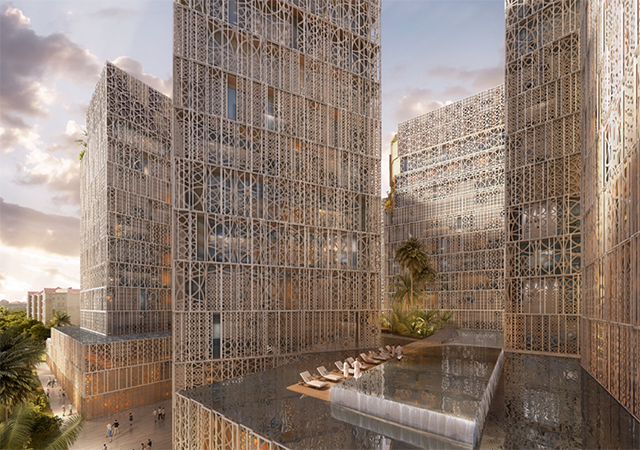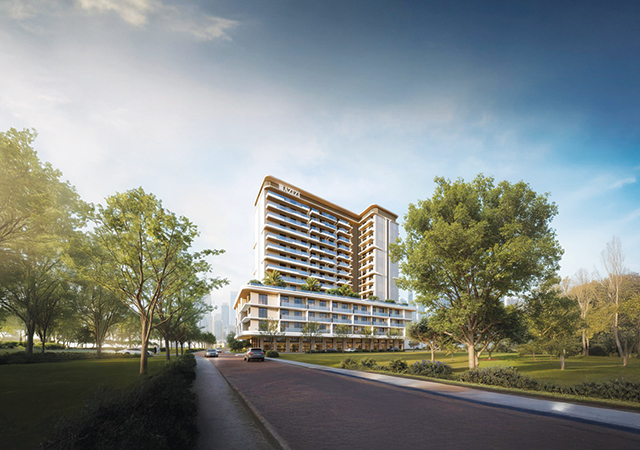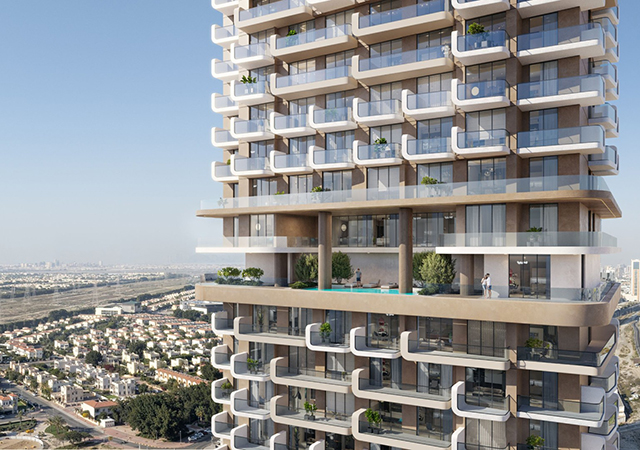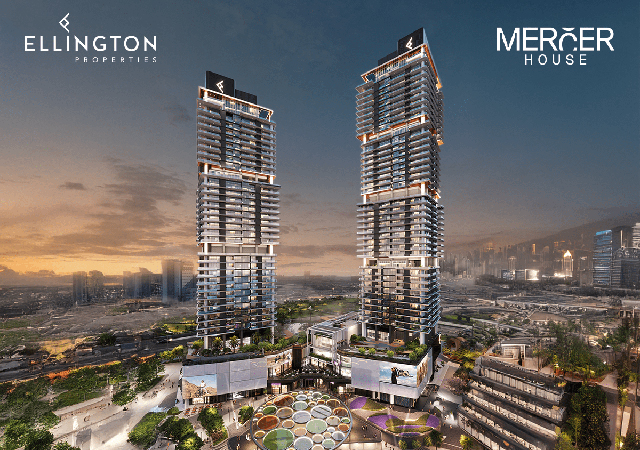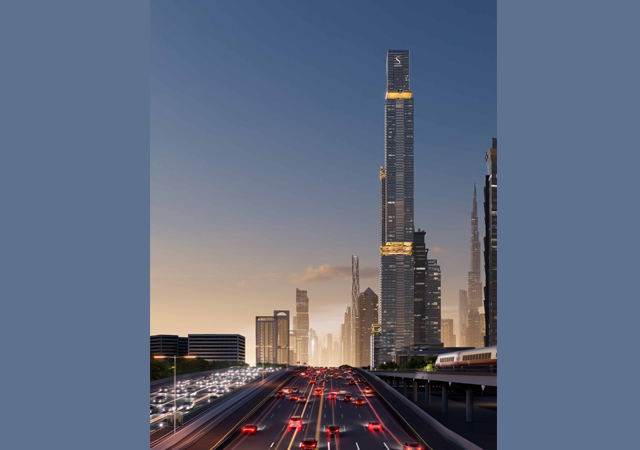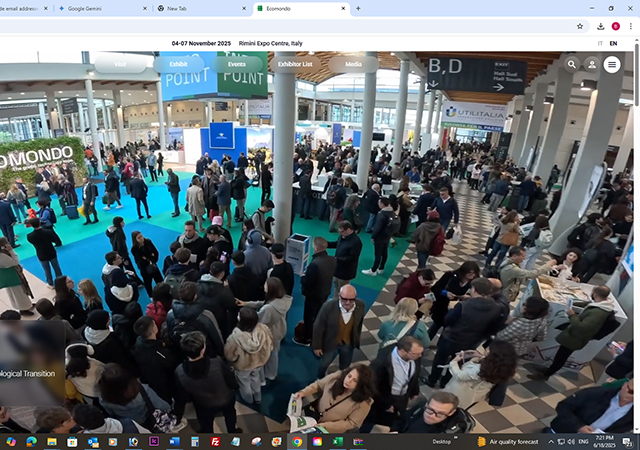 Ginger, the all-day dining outlet at Sundus Rotana Muscat ... light bright and airy.
Ginger, the all-day dining outlet at Sundus Rotana Muscat ... light bright and airy.
Two international hotel brands that opened in Muscat, Oman, recently bear the design hallmarks of one of the largest and longest-established UK architectural and design practices in the UAE – Godwin Austen Johnson, writes Abdulaziz Khattak of Gulf Construction.
These include the Mysk Al Mouj, located in the heart of The Wave Muscat development, which is operated by Shaza Hotels Group; and the Sundus Rotana Muscat, a contemporary upscale business hotel at Airport Heights operated by the Rotana chain.
The new Mysk Al Mouj has been designed around a contemporary interpretation of Arabic patterns, calligraphy and Omani culture.
Godwin Austen Johnson was tasked with designing the four-star hotel, which was completed late last year by Ghantoot Transport and General Contracting, the main contractor.
 |
|
Sundus Rotana Muscat echoes the country’s landscape, textiles and tradition |
Covering a 17,900-sq-m area, Mysk Al Mouj consists of 197 hotel keys, with a mix of standard and king rooms, junior and senior suites offering corner marina views, with the provision of long-stay apartments on the rooftop terrace level. The hotel also features a number of food and beverage outlets including a bistro and gelateria as well as a selection of meeting rooms and an executive lounge. Recreational facilities include a rooftop swimming pool and health club.
According to Jason Burnside, partner at Godwin Austen Johnson, a sense of location was the main inspiration throughout the hotel. “Through distilling the essence of the surroundings, we have aimed at creating a unique contemporary four-star hotel with a sense of belonging. The hotel has been designed to comfortably accommodate the needs of both business travellers and leisure tourists,” he says.
“Throughout the design process, the hotel’s location was a key element and a contemporary interpretation of Arabic patterns, calligraphy and carefully selected loose items were just some of the ways we were able to draw on Omani culture,” adds Burnside.
One of the primary objectives of the hotel was to assist in the activation of the central plaza district and to serve as a destination point within the development. The sights, sounds, light and materials of the marina, together with the Muscat coastline, were studied and referenced throughout the interior design. References are subtle and sometimes abstract in their form, says Burnside.
There are a number of references to the marine environment within the lobby, guest corridors and rooms. The ground floor has also been designed to take full advantage of the views across the marina when the guests arrive in the lobby, and also to create close activation between hotel and restaurant guests and the marina/plaza.
The approach for the lighting design was to express architectural elements and forms by night, reflecting the building’s presence and creating a subtle but effective scheme. The integrated light pays due consideration to the surrounding environment, the hotel’s proximity to the marina, its vistas and environmental issues by limiting light pollution whilst maximising impact, concludes Burnside.
SUNDUS ROTANA MUSCAT
Sundus Rotana Muscat – the second property for Rotana in Oman after the Salalah Rotana Resort – opened its doors last November in Muscat.
The client’s brief for the Sundus Rotana Muscat was clear: to create an ambience that echoes the country’s surrounding landscape, textiles and tradition. Godwin Austen Johnson has designed 215 quality rooms and facilities for business travellers and leisure guests that meets this requirement.
What was important for this project was the use of the different spaces – from the layout of the guest rooms to the natural flow of the lobby area, according to Elie Choucair, associate partner. Throughout the process, there was an ongoing fine-tuning to ensure the spaces were optimised in the best possible way for comfort and functionality.
 |
|
Mysk Al Mouj ... designed around Omani culture |
“The local Omani culture, with its rich heritage and harmonious colour combinations, served as inspiration for the design throughout; and because the hotel’s guest base is primarily business travellers, it was important that the guest rooms offered more than good looks – the emphasis had to be on comfort and quality,” he says.
“Our approach was, first, to set the scene within the lobby area by providing a relaxed welcome for visitors and local residents with informal seating areas and accessible restaurants. At the heart of good hotel design is the guest and so it was important that all touch points, from the moment of arrival to the final departure, were considered,” Choucair adds.
The colours and finishes of Sundus Rotana reflect the Omani landscape with timber slat walls and shots of natural colour amidst a muted neutral background. There is a natural flow from the sleek reception area through to the all-day dining with oversized images of Oman landscapes adorning the walls.
“The all-day dining outlet, Ginger, is bright and airy with a wall of windows opening up the space by allowing the permeation of natural daylight. A permanent buffet counter creates a focal point and the shelves of Omani pots remind guests of their stunning location,” says Choucair.
The modern guestrooms of the hotel use clean lines and a palette of natural colours to create a soothing ambience and the business lounge is a quiet refuge with practical seating arrangements and private work areas.
Teatro, Sundus Rotana’s signature restaurant, is theatrical and eclectic, playing up its rich interiors with dark wooden tables, subdued lighting and dramatic touches of red. “It is a restaurant that makes a bold statement and is expected to be a draw for the local community,” he says.
The end result is a warm and welcoming hotel that is both convenient and inviting.
Developed by Sundus Hospitality Consulting Services, the Sundus Rotana covers 34,115 sq m. The main contract was executed by Shaksy Engineering Services and work was completed late last year.
Godwin Austen Johnson’s history spans more than 25 years, having created some of the UAE’s iconic buildings. Its portfolio is extensive with a wide range of built and ongoing projects across the Middle East and North Africa. The company employs more than 180 employees from its Dubai headquarters with offices also in Abu Dhabi, Sharjah, Riyadh, Jeddah, Muscat, Salalah, Doha and the UK.






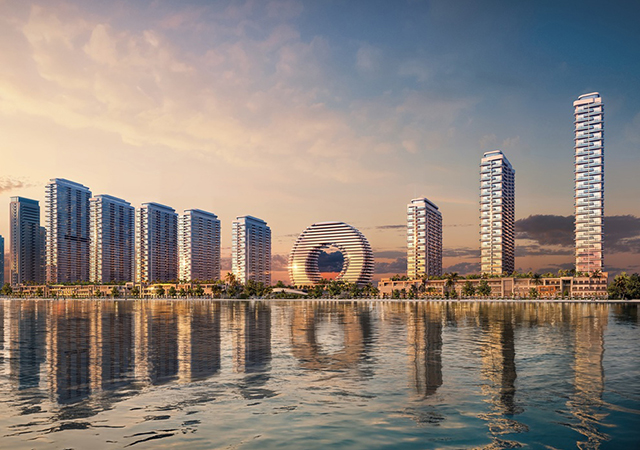

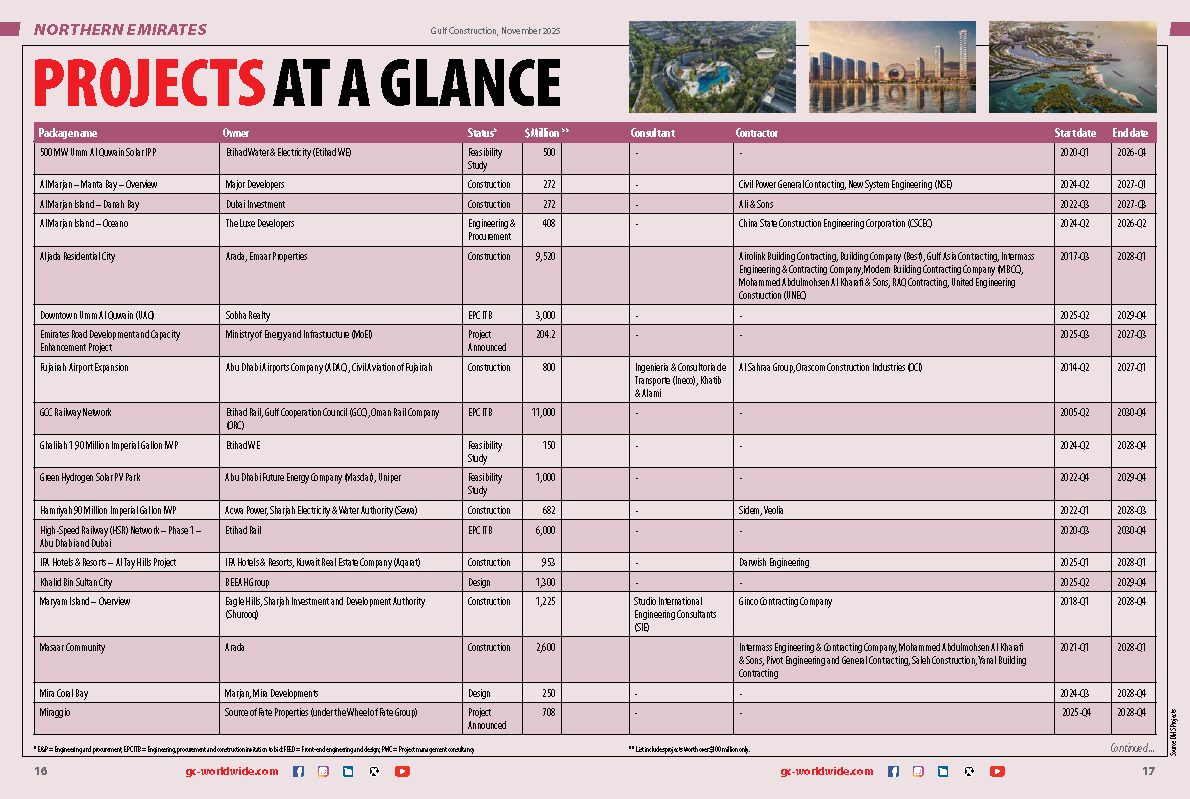
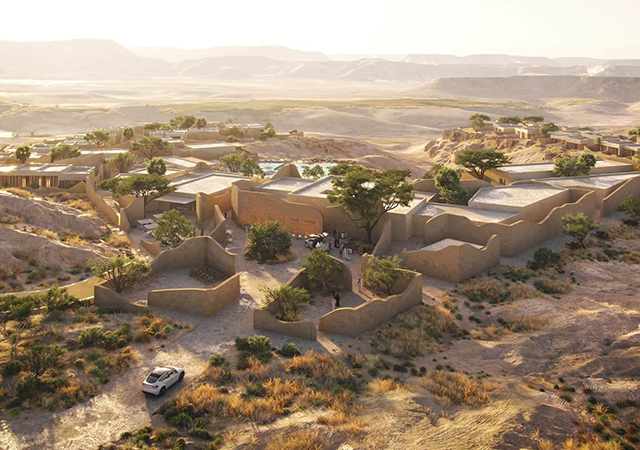
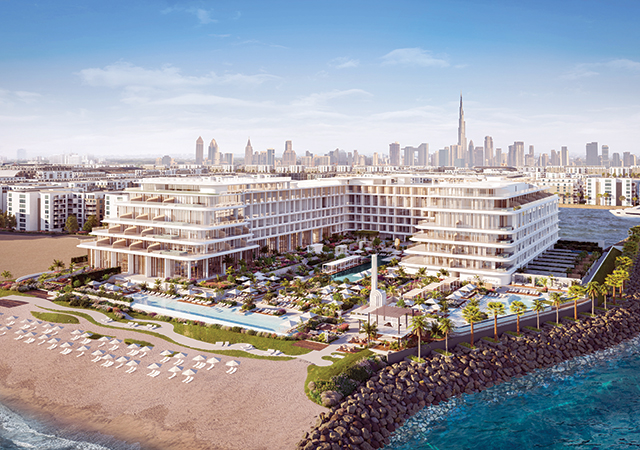


(5).jpg)



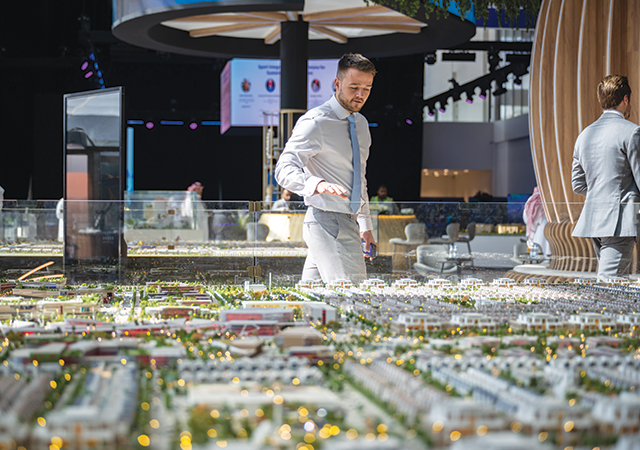
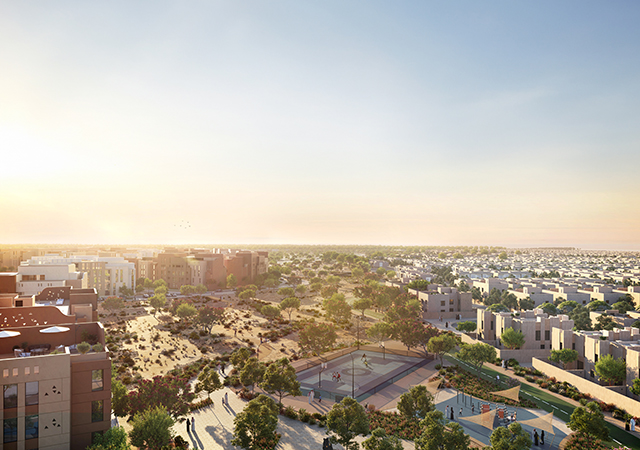
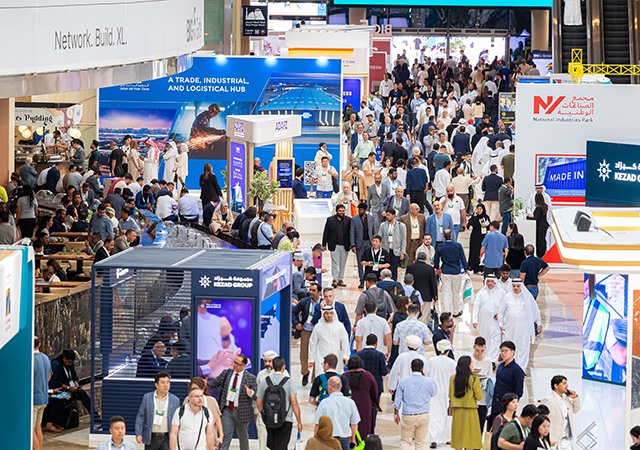
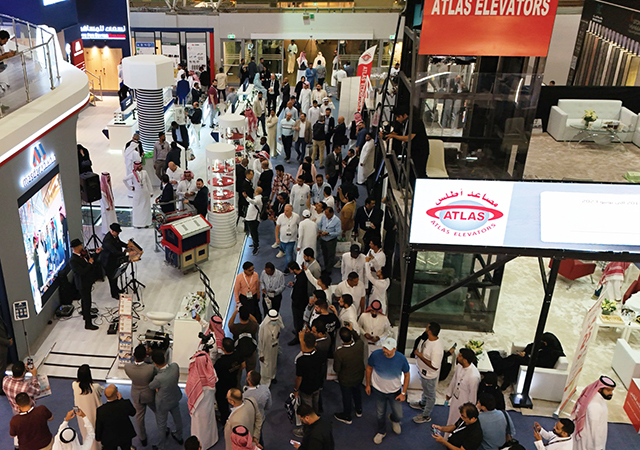
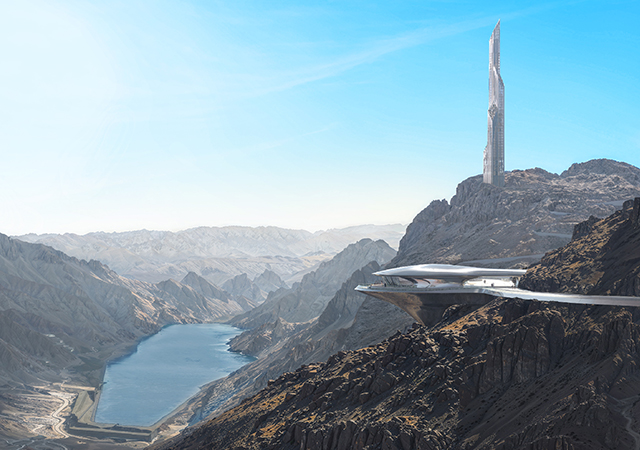
.jpg)
